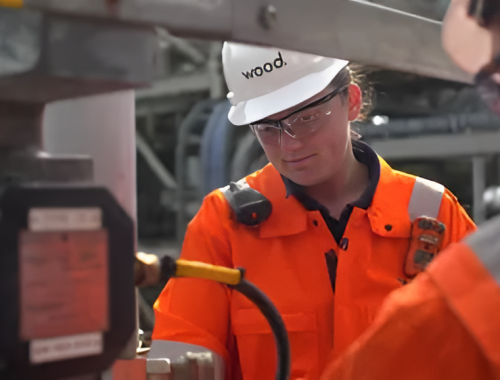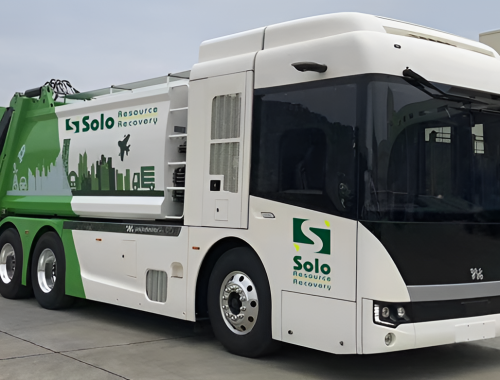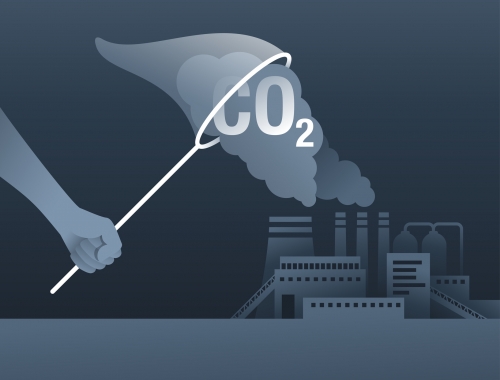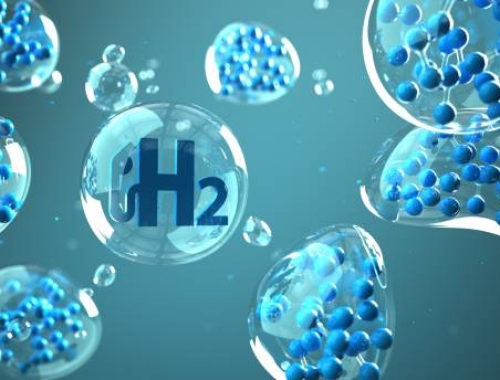Bio-LNG: the overlooked fuel to decarbonise shipping
SUMMARY
Bio-LNG or liquefied biomethane made from renewable resources has the potential to be a practically carbon-neutral fuel that can easily be used in LNG-powered vessels. Shipowners are starting to take notice.
By Vincent WeeThough it is fuel that has been somewhat overlooked traditionally as a means of decarbonising shipping, bio-LNG or liquefied biomethane (LBM) has a lot going for it.
Engines fuelled with conventional LNG can cut greenhouse gas (GHG) emissions by up to 23% on a well-to-wake basis versus oil-fuelled engines, according to a recent 2021 study by Sphera, with the benefit set to grow in the future as a result of technological improvements. These estimates are inclusive of methane slip – an issue the maritime industry has been actively working to address for well over a decade, according to SEA-LNG.
Bio-LNG offers additional benefits. It is derived from renewable resources such as organic waste, avoiding methane emissions that would have resulted from the degradation of this waste. This can make it practically a carbon neutral fuel, with the potential to be even carbon negative in some cases.
Practically identical to standard LNG in terms of its chemical properties, switching from LNG to bio-LNG as a shipping fuel is a straightforward process. But the fuel has often been ignored by the shipping industry in the recent rush towards alternative fuels with purportedly zero emission potential such as methanol, ammonia and hydrogen.
The reality however is that these fuels are only truly green if they are produced using renewable energy in the production process. These types of production are in their infancy currently and are years away from being scaled up to the volumes shipping will need to meet its decarbonisation targets.
In addition, the infrastructure and processes needed to supply the fuel to vessels are also at very early stages of development. There is hesitation at various levels due to safety concerns with some of the fuels and the fear of making the wrong investment decision by some owners.
Bio-LNG has the advantage of being able to use the well-established LNG supply infrastructure and regulatory framework as the gas has been bunkered for several years now after CMA CGM started running the first LNG-powered containerships in 2020.
Advances in Europe
The development of bio-LNG is relatively advanced in Europe, with an established regulatory framework. The impetus for adoption will be further enhanced when the EU’s emissions trading scheme is implemented in 2024.
"What's coming is not for the faint hearted; this is a real game changer that is coming where you need to prove that you are doing your utmost to decarbonise because otherwise you will get penalised or your fuel price will suddenly go up," says Titan Group commercial director Michael Schaap.
He applauds Europe's clear message to shipowners that they need to clean up and warns that the price of inaction will be high. "When the regulations kick in, the guys who are sticking to dirty fuels will pay the premium accordingly which is actually beneficial for the business case of LNG," he added.
"I'm convinced that this will be the tipping point," Schaap said, predicting that when owners and operators can see the full financial impact of the regulations they will look more favourably on bio-LNG.
When talking about alternative fuels the two things to consider are availability, and as a function of that, cost, noted SEA-LNG chief operating officer Steve Esau. In this regard bio-LNG compares very well.
He cites a study by Singapore's Nanyang Technological University Maritime Energy and Sustainable Development Centre of Excellence that found that looking at potential biomethane production forecasts, a blend of bio-LNG and LNG could meet around 60% of shipping fuel needs by 2050.
In terms of cost, bio-derived fuels such as bio-LNG are expected to cost about twice as much as current natural gas-derived fuels while fully green electrolysis-derived fuels will cost up to seven times as much.
Corollary to the issue of using bio-LNG as a fuel is scalability and the pace of development of production facilities. Titan is building the world's largest biomethane liquefaction plant with a capacity of 200,000 tonnes per year in the Port of Amsterdam which will see first production in 2025.
Asian potential
In other parts of the world such as Asia, the regulatory framework is not as developed as in Europe and governments in this region tend to follow the less aggressive International Maritime Organisation schedule for decarbonisation.
There is however a huge amount of potential for its development in the region. With its massive oil palm plantations, Asia has ample feedstocks for LBM production.
While reiterating that he is not advocating the promotion of the oil palm industry, Schaap notes that the waste from the mature sector is a reality in Asia and will put methane into the environment regardless. It is much better to put it to productive use by capturing it to produce LBM.
The challenge in Asia is however going to be the aggregation of these diverse sources of feedstock and developing the infrastructure to supply the bunkering sector.
The region does not currently have Europe's well-developed gas pipeline network and also is challenged by the archipelagic geography of its major gas-producing economies such as Malaysia and Indonesia. What it does have in its favour however is an established network of LNG export infrastructure. This can be leveraged on to overcome these challenges, for example through the use of shuttle LNG carriers and developing a fleet of LNG bunkering vessels.
While the regulatory and safety framework also needs to be brought up to speed, Asia's lagging pace of development means that lessons learnt as Europe builds up its systems will be able to be quickly transferred.
Some countries such as Singapore, the top bunkering centre, are taking the lead in developing such protocols and the industry is in a good position to take advantage of this potential opportunity.
Future-proofing
Finally, using bio-LNG as a drop-in fuel has the potential to spur investment decisions and also help current vessels extend their lifespans.
A large part of the problem with the adoption of alternative fuels has been a chicken-and-egg situation where suppliers will not commit to production until they are guaranteed offtake by end-users. Ship owners in turn are not prepared to invest in newbuildings powered by these fuels because they are concerned about pricing and supply and do not want to be burdened with stranded assets made untradeable by economics and regulations.
The advances made in LNG-powered vessels have allayed many of these concerns and the use of bio-LNG as a drop-in fuel has the potential to further ease the regulatory burden for owners by pushing out the emissions threshold several years into the future.
In this sense, it can be a potentially straightforward solution to meet their decarbonisation challenges compared to making investments in unfamiliar and unknown technologies such as engines powered by other alternative fuels. Changing attitudes and more accurate information could see bio-LNG gain greater favour as an interim solution in helping shipping meet its decarbonisation goals.








